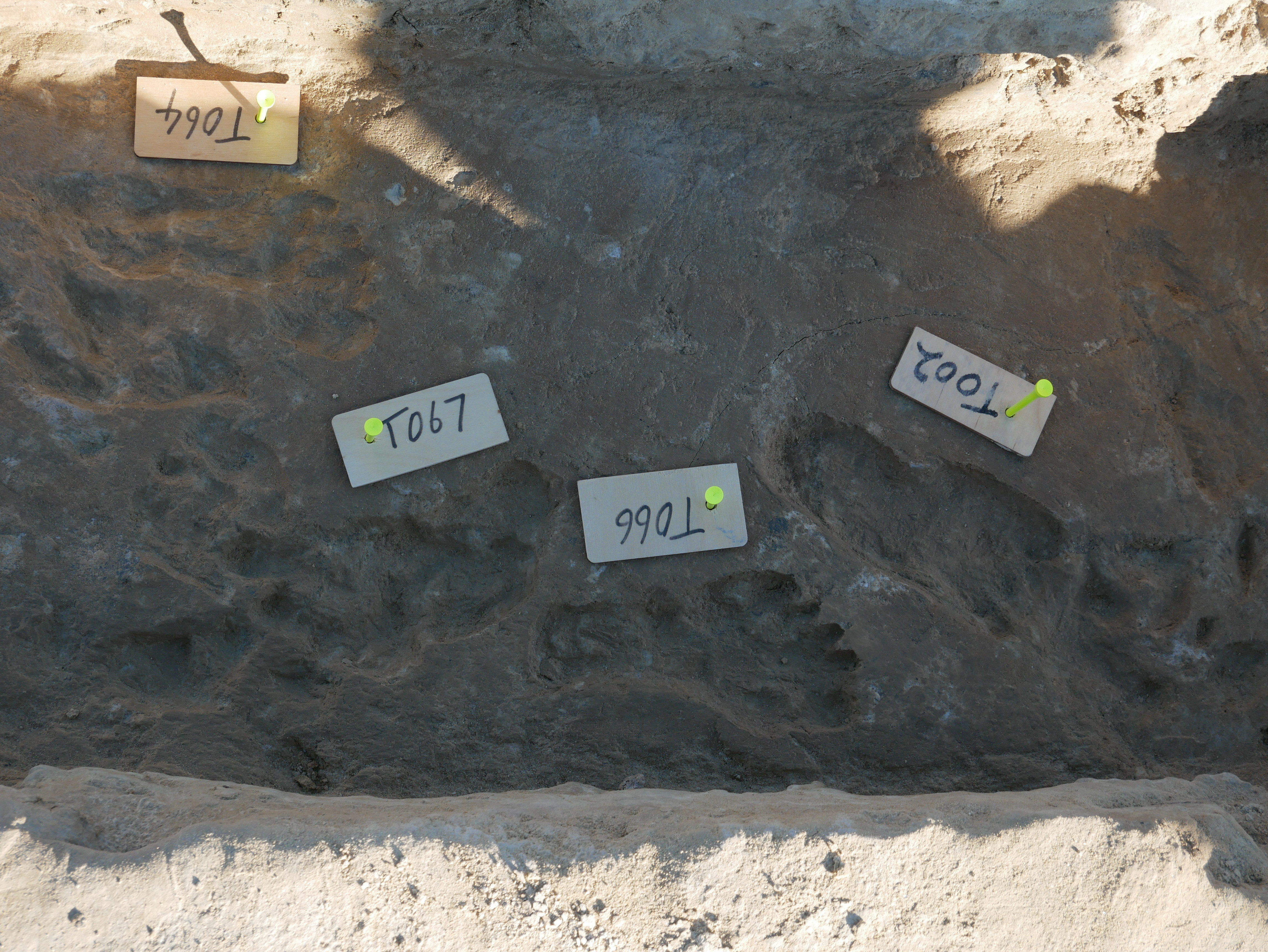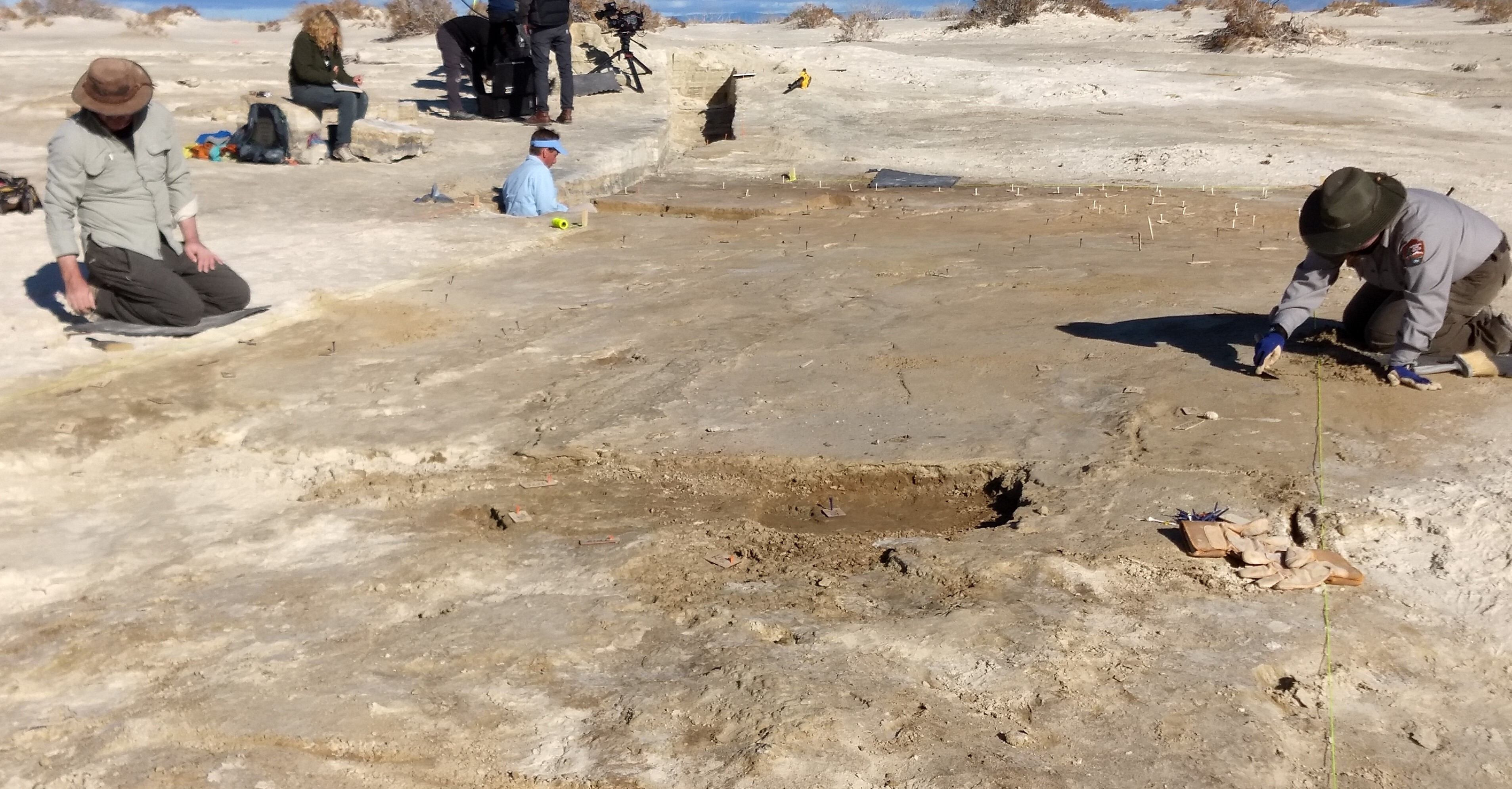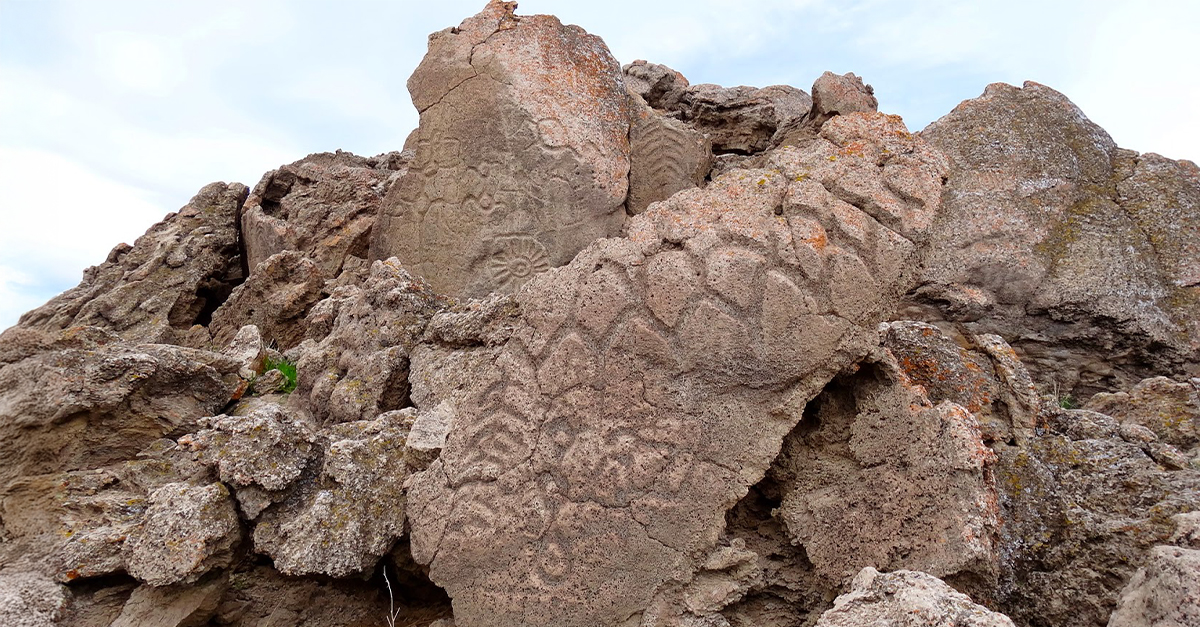In 2021, researchers at White Sands National Park in New Mexico uncovered fossilized footprints that appeared to be 23,000 years old. These ancient impressions were found along a prehistoric lakeshore and, if accurate, would place humans in North America thousands of years earlier than previously believed. The discovery quickly stirred excitement and skepticism within the archaeological community.
Defying The Conventional Timeline
For decades, the prevailing theory was that humans arrived in North America no earlier than 13,000 years ago, via the Bering land bridge. This new evidence suggests people were present 10,000 years earlier, during the height of the last Ice Age. Such an early date would dramatically alter our understanding of when and how the Americas were first populated.
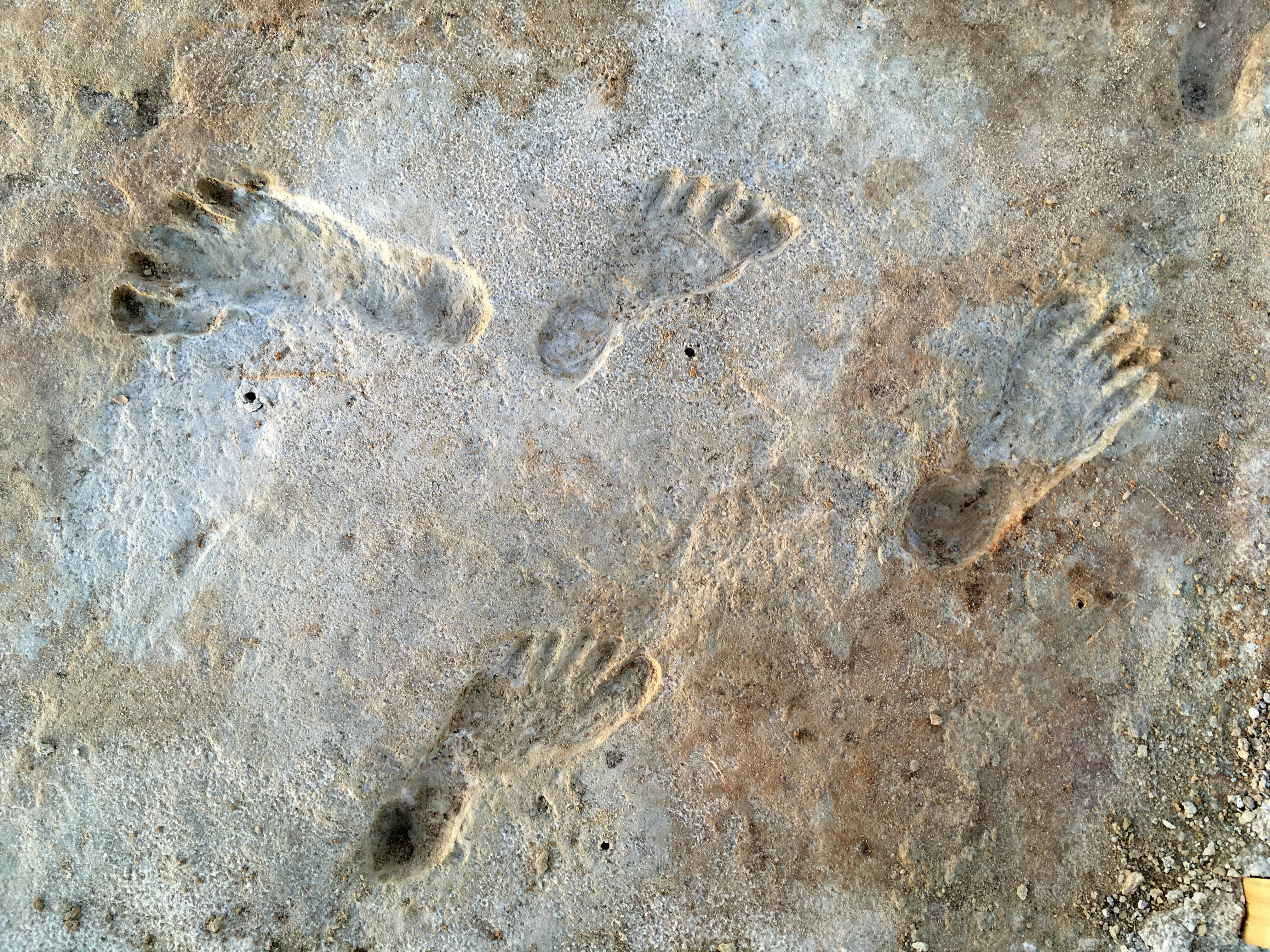 US Geological Service, Wikimedia Commons
US Geological Service, Wikimedia Commons
What The Footprints Reveal
The footprints—more than 60 of them—were found in layers of hardened sediment and show clear impressions of bare human feet, including children and teenagers. The tracks suggest people were walking along what was once a muddy lakeshore. Nearby prints from mammoths, sloths, and prehistoric canines help confirm the ancient environmental context.
Initial Doubts About The Dating
When the age of the footprints was first published, some scholars were skeptical. The dating relied on seeds embedded in sediment layers, which critics argued might have been contaminated or displaced over time. Given the bold implications of the find, many researchers called for more robust, independent verification before rewriting migration timelines.
New Evidence Strengthens The Case
In 2023, a follow-up study provided stronger confirmation of the 23,000-year date. Scientists used additional radiocarbon dating techniques on both plant material and surrounding mineral deposits, confirming the original estimate. These new results significantly reduce doubts about the age of the prints and have led more experts to accept the early presence of humans in North America.
A Glimpse Into Daily Life
While the tracks mark a timeline, they also tell a story. Some footprints suggest hurried movements, while others show evidence of sliding or shifting under weight. Researchers believe children may have been playing or exploring, accompanied by adults. These subtle details offer a rare snapshot of human behavior, frozen in time for millennia.
Why It Changes Everything
If humans were in New Mexico 23,000 years ago, it challenges the idea that migration happened only after glaciers receded and inland corridors opened. It supports theories of coastal or earlier inland migration routes and suggests that human adaptation to Ice Age environments was more advanced than previously believed.
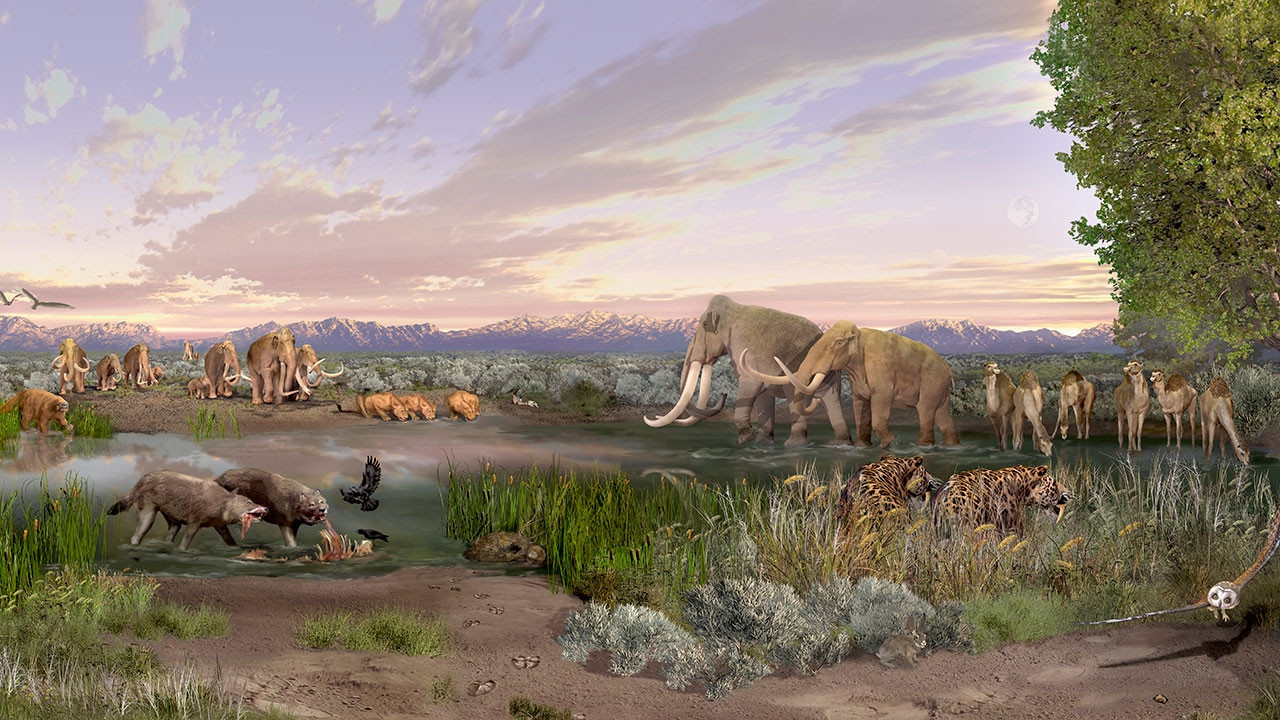 uncredited National Park Service (NPS) artist, Wikimedia Commons
uncredited National Park Service (NPS) artist, Wikimedia Commons
Global Implications For Human History
The White Sands discovery also fits into a broader re-evaluation of early human migration across the globe. Similar early dates are emerging in places like Chile and Brazil, suggesting that humans spread quickly and widely once they arrived in the Americas. The footprints provide hard physical evidence that supports other archaeological clues.
Preserving The Tracks For Future Study
Because of their obvious scientific importance, the White Sands footprints are now being carefully documented and preserved. High-resolution 3D imaging is being used to create digital archives of the tracks, ensuring they remain accessible to researchers and the public even as natural erosion threatens their physical form.
Rewriting The Human Story
The 23,000-year-old footprints at White Sands are a startling archaeological find and a window into the forgotten past. With recent confirmation of their age, they’re reshaping our understanding of how and when the first humans reached the Americas. These ancient steps across a muddy lakeshore are now a pivotal chapter in the story of human migration.
You May Also Like:
42 Isolated Facts About Secluded Civilizations


